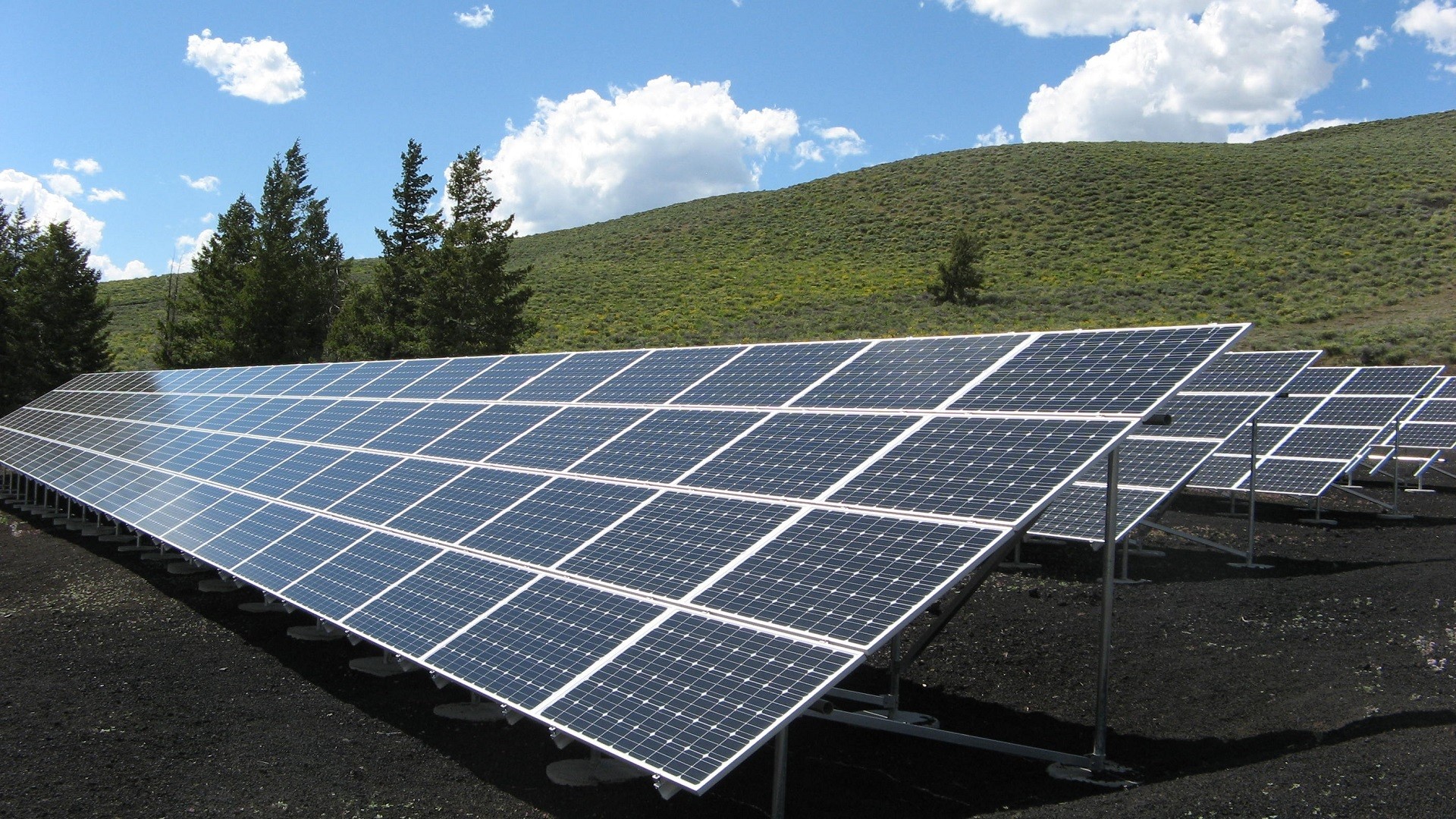Should I Get Ground Mounted Solar Panels?
 Most pictures of residential solar installations only show rooftop solar panels. In most cases, putting panels on the roof is the best way to go due to space or layout limitations. However, there are several other great mounting possibilities to consider when installing solar. One of the best is ground mounted solar panels.
Most pictures of residential solar installations only show rooftop solar panels. In most cases, putting panels on the roof is the best way to go due to space or layout limitations. However, there are several other great mounting possibilities to consider when installing solar. One of the best is ground mounted solar panels.
What are the advantages of buying ground mounted solar panels?
Panel Tilt Optimization
When solar panels are placed on a roof, the designer is limited by the property’s structure. He must figure out the best way to fit all the panels on the roof. Roofs come in various pitches, and architects design them mostly for asthetics and weather phenomena. In the Kansas City area, the optimum panel tilt angle to catch the most sun throughout the year is about 33 degrees. Rarely will you find a residential roof at that pitch. The huge pro about a ground mount system is that it can be set up at whatever angle is best to catch the most rays. This causes your system’s output to majorly increase.
Panel Orientation Optimization
The orientation of your roof is something you have no control over. Many solar designs use an east/west orientation. This means the strings of modules will only produce in their higher potential half of the day. Some houses are lucky enough to have a south facing roof, but shading is also a major consideration. With a ground mount, you can always line the array up to face straight south, maximizing system output potential. Also, designs like this easily avoid shading.
Easier Installation
Our solar crews love installing ground mounts more than any other type of system. Once the rammed posts are driven into the ground, the construction of the array is extremely fast and easy. The reduced labor time helps to offset any costs associated with stabilizing the structure in the ground. Workers are much safer and more comfortable being on the ground. There is no need for them to use harnesses or other such safety equipment. Design is also easier in these cases. Structural engineers usually need to know less detail about your property to get the plans approved.
Easier Maintenance
Solar panels can accumulate all sorts of obstructions as the seasons change. Dirt, snow, leaves, bird poop, and just about anything can muddy up the surface of the modules. This reduces efficiency by blocking sunlight. Having your panels on the ground makes it much easier to clean them anytime or brush snow off in the winter. It also makes it easier to troubleshoot electrical problems or wiring failures.
In conclusion, a key component to making a ground mounted system work is simply making sure that one has adequate land. You also need a short enough distance between the array and the inverters to make the project economically sound. Consult with one of our designers to see if ground mounted solar panels would work for you.